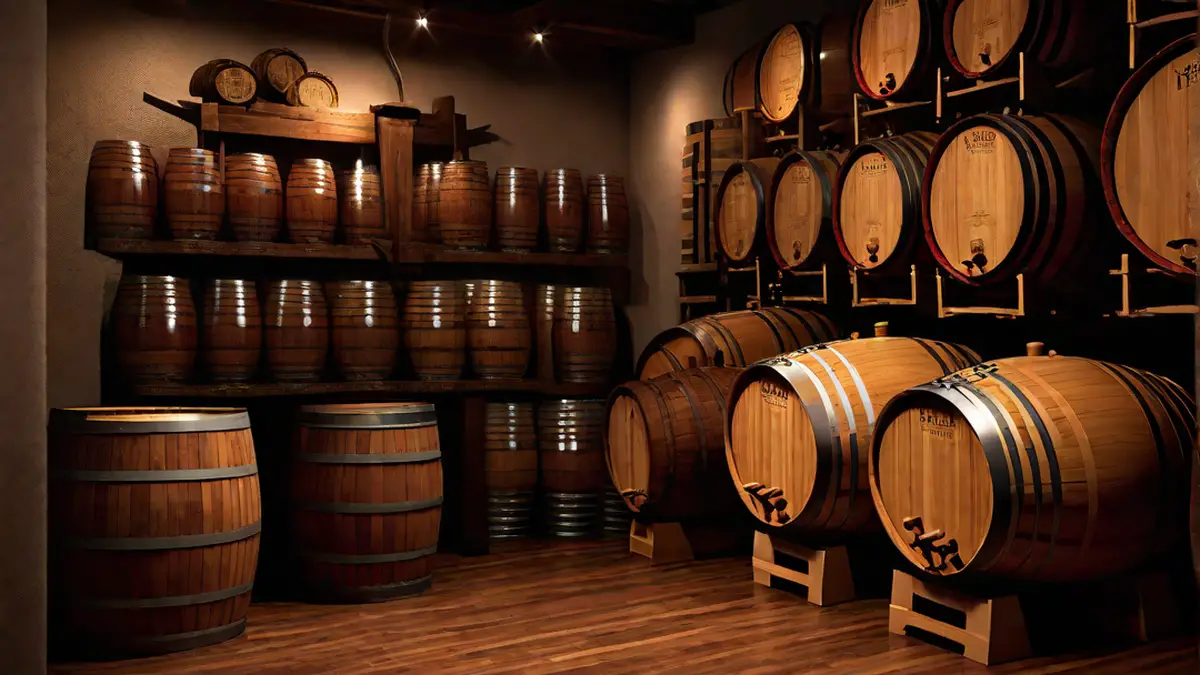As an avid lover of wine, the process of making wine at home has always captivated me. There’s an unparalleled satisfaction in creating your own wine, which begins with possessing the correct tools. Whether you’re an experienced home winemaker or are just embarking on this journey, it’s vital to have all the necessary supplies to ensure your winemaking project is a success. In this article, I’m going to thoroughly explore the indispensable supplies for home winemaking and offer some of my own tips and experiences along the way.
Primary Fermenter
The primary fermenter is where the magic of winemaking begins. It is important to choose a vessel that is food-grade plastic or glass, as these materials are non-reactive and won’t impart any unwanted flavors into the wine. I personally prefer using a 7-gallon food-grade plastic bucket with a lid and airlock for the primary fermentation process. It provides ample space for the initial fermentation and allows for easy monitoring of the wine’s progress.
Secondary Fermenter
After the primary fermentation, transferring the wine to a secondary fermenter is essential for the aging and clarifying process. Glass carboys are a popular choice for secondary fermentation due to their inert nature, which helps maintain the wine’s purity. I find that a 5-gallon glass carboy works well for this purpose and allows me to closely observe the wine as it develops its complexity and clarity.
Hydrometer and Test Jar
Monitoring the specific gravity of the wine throughout the fermentation process is vital for determining its alcohol content and overall progress. A hydrometer and test jar are indispensable tools for this purpose. By taking regular hydrometer readings, I can track the fermentation kinetics and ensure that the wine is fermenting to completion. This helps me make informed decisions about when to proceed with subsequent steps in the winemaking process.
Wine Yeast
Choosing the right yeast strain is crucial for achieving the desired flavor profile in the finished wine. There are various strains of wine yeast available, each imparting unique characteristics to the wine. I often experiment with different yeast strains to see how they influence the aroma, flavor, and mouthfeel of the wine. It’s a delightful aspect of winemaking that allows for creativity and customization.
Sanitizing Agents
Keeping all winemaking equipment clean and sanitized is a non-negotiable aspect of the process. Any residual bacteria or wild yeast can spoil the wine, leading to off-flavors and potential health risks. I rely on a food-grade sanitizer to ensure that all equipment, including fermenters, airlocks, siphoning tubes, and bottles, is thoroughly sanitized before coming into contact with the wine.
Conclusion
In conclusion, having the right supplies is the foundation of successful home winemaking. With the primary and secondary fermenters, hydrometer, wine yeast, and sanitizing agents in my arsenal, I feel equipped to embark on my winemaking journey with confidence. The process of crafting wine at home is not only a delightful hobby but also a sensory and creative experience that continually fascinates me. As I continue to explore the world of home winemaking, I look forward to discovering new techniques and supplies that elevate the quality of my wines.
